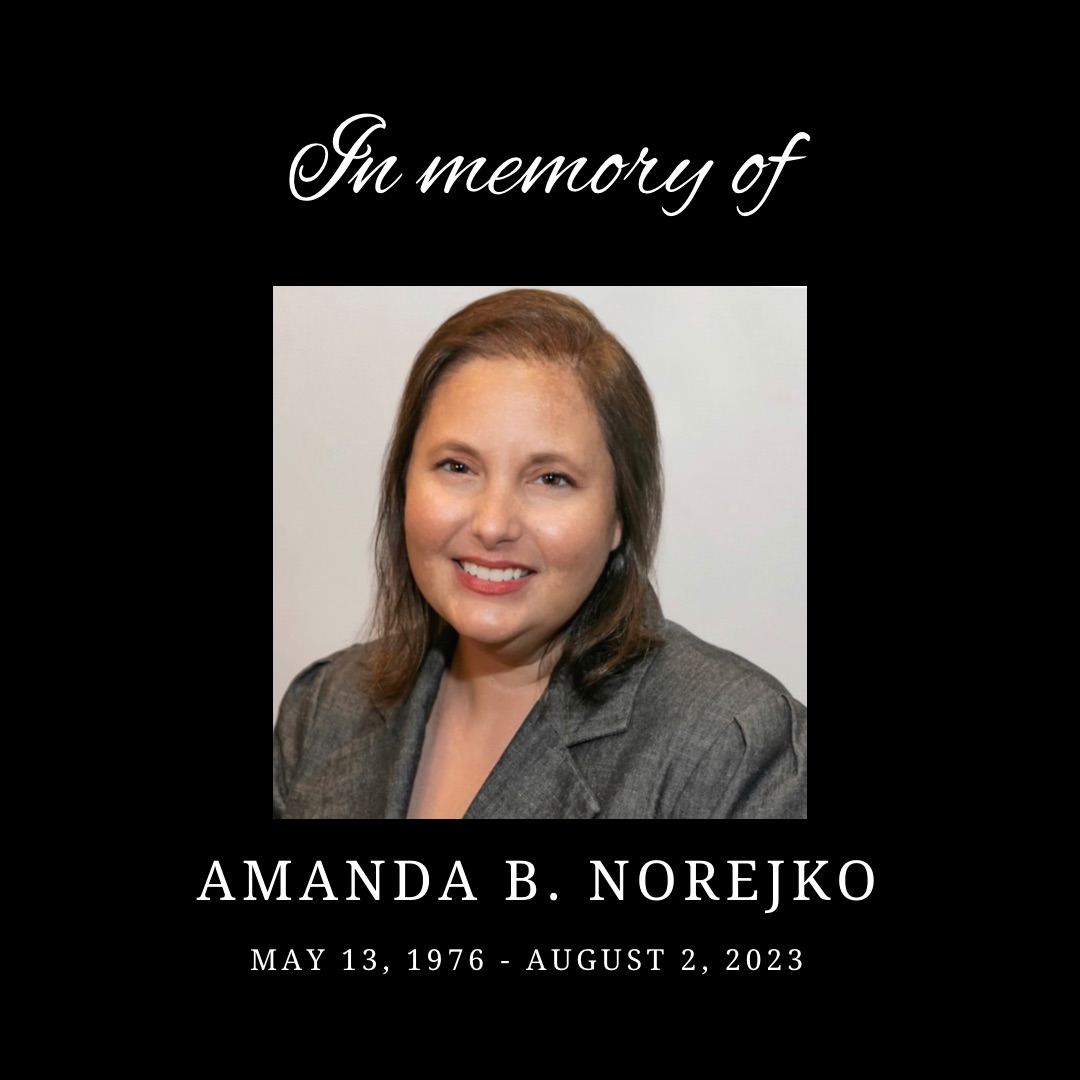Joint Statement About the Importance of a Diverse Judiciary
JOINT STATEMENT OF TWELVE BAR ASSOCIATIONS ABOUT THE IMPORTANCE OF A DIVERSE JUDICIARY
In light of the Supreme Court’s recent decision in Students for Fair Admissions, Inc. v. President & Fellows of Harvard College, 143 S. Ct. 2141 (2023) (the “Students for Fair Admissions Decision”), the undersigned coalition of bar associations affirms its commitment to maintaining and improving diversity, equity, and inclusion in the selection and promotion of judges. To promote public confidence in the justice system, we must strive to ensure that our judiciary is as diverse as the public whom it serves. Diversity not only promotes public trust and confidence but, as set forth below, the interplay of diverse viewpoints also improves judicial decision making. The selection of judges must promote these important goals.
Efforts to advance diversity have always been important. However, the Students for Fair Admissions Decision adds another layer of complexity: by limiting the ways in which colleges (and, presumably, law schools) can ensure diversity in their classes, the decision threatens to adversely impact the pipeline of diverse candidates for the legal profession and, ultimately, for the judiciary.
A recent analysis by the Brennan Center for Justice, which collected research from numerous sources, demonstrates the truth of Justice Sonia Sotomayor’s famous statement that “personal experiences affect the facts that judges choose to see.” The research also shows that greater representation on the bench “fosters increased political engagement among young people” and improves respect for the court system. A robust pipeline of qualified diverse candidates for the judiciary is essential.
We also believe that, when judges are being selected to serve in a broad array of appointed or elected positions, with a variety of advisory committees, nomination processes, and associated recommendations from multiple sources, the goals and benefits of a diverse judiciary can and should be weighed. Indeed, Chief Justice John Roberts appears to have implicitly recognized this when he acknowledged, in a footnote in the Students for Fair Admissions Decision, that the U.S. service academies “may” present different considerations from other educational institutions. For example, it was argued that diversity is needed in our armed forces’ officer corps to maintain confidence, discipline, and esprit de corps among the enlisted forces that officers lead. Equally strong considerations warrant promoting diversity in the judiciary.
Historically, our organizations’ collective efforts to ensure a diverse composition of our nation’s judiciary have been broad and deep. Many of us conduct programs to help educate our members about paths to the judiciary, sponsor mentoring and outreach programs, participate in judicial evaluations, and conduct other programs to promote judicial diversity. These efforts will not only continue; they will redouble. In the future, our organizations and the courts should also consider programs such as outreach to schools and the general community, participation in job fairs, and recruitment at law schools and colleges. We will work together to ensure that these efforts more than counterbalance any negative impact that the Students for Fair Admissions Decision may have on that pipeline. As bar associations dedicated to promoting the administration of justice, we believe that this is an important part of our mission.
Asian American Bar Association of New York
Caribbean Attorneys Network
Dominican Bar Association
Haitian American Lawyers Association of New York
Hudson Valley Hispanic Bar Association
LGBT Bar Association of Greater New York
Metropolitan Black Bar Association
New York County Lawyers Association
Puerto Rican Bar Association
South Asian Bar Association of New York
Women Trial Lawyers Caucus
Women’s Bar Association of the State of New York

















